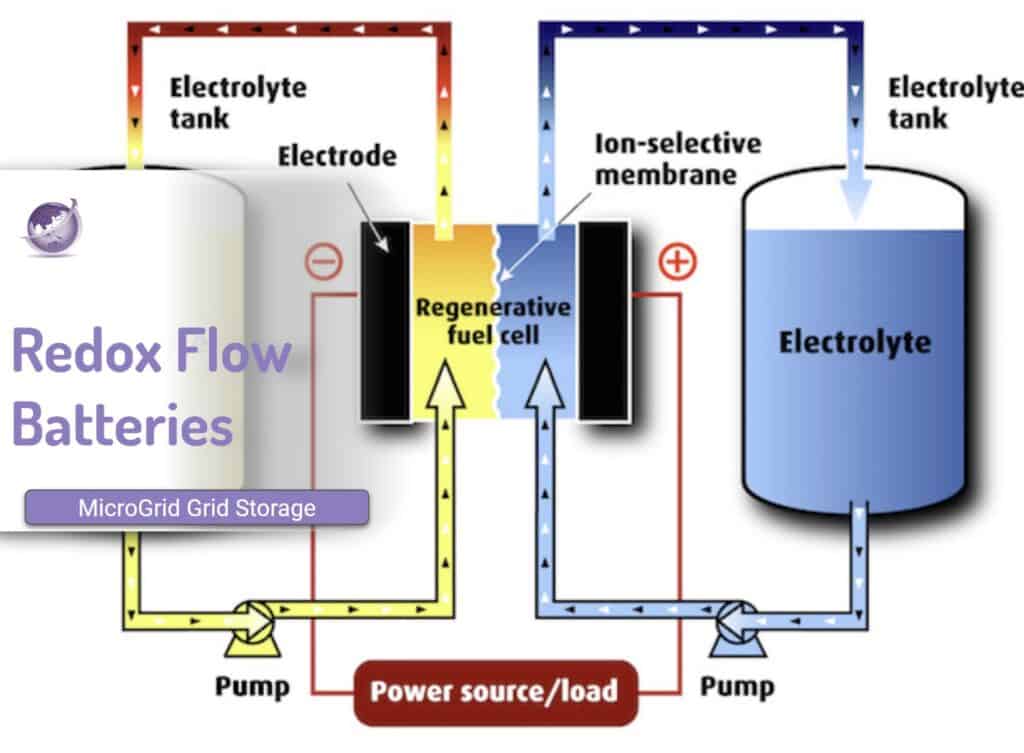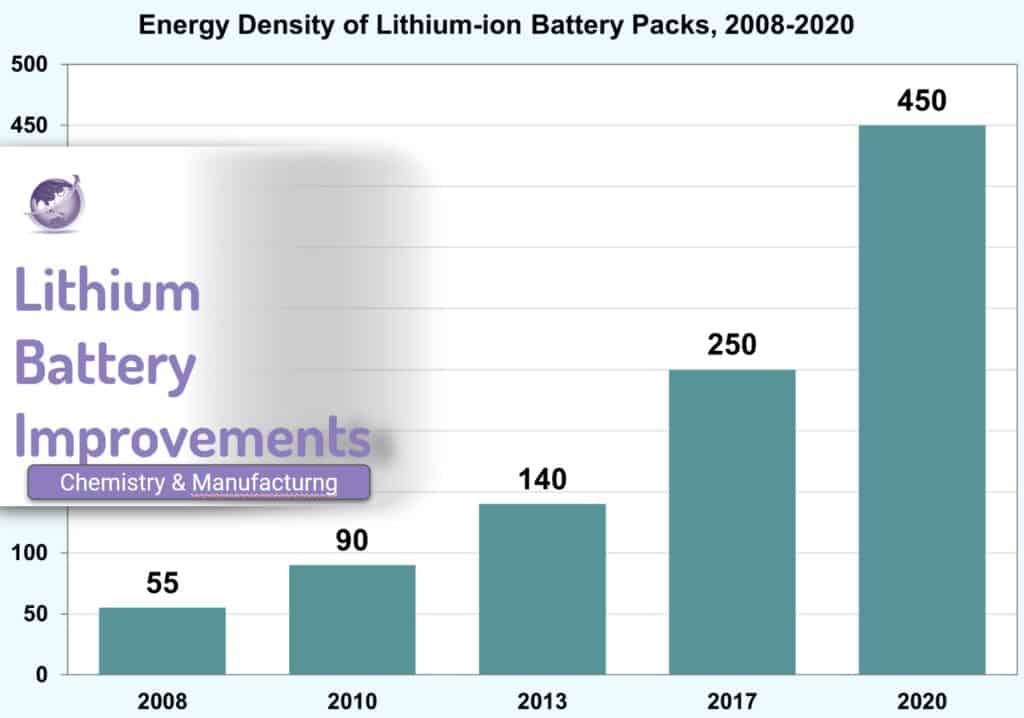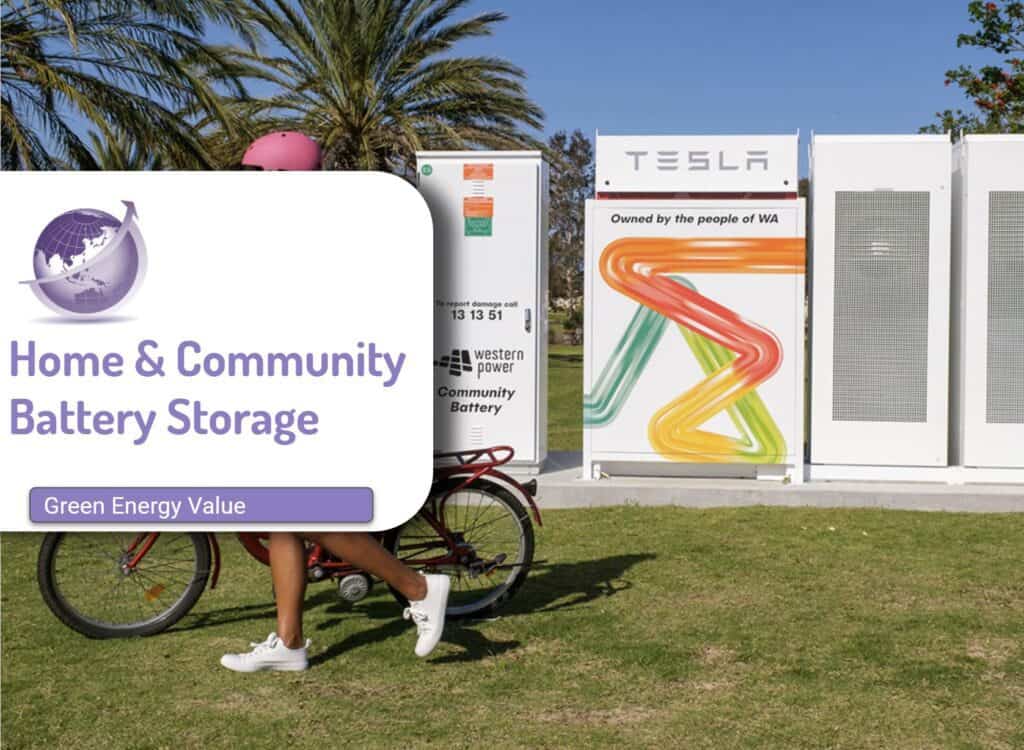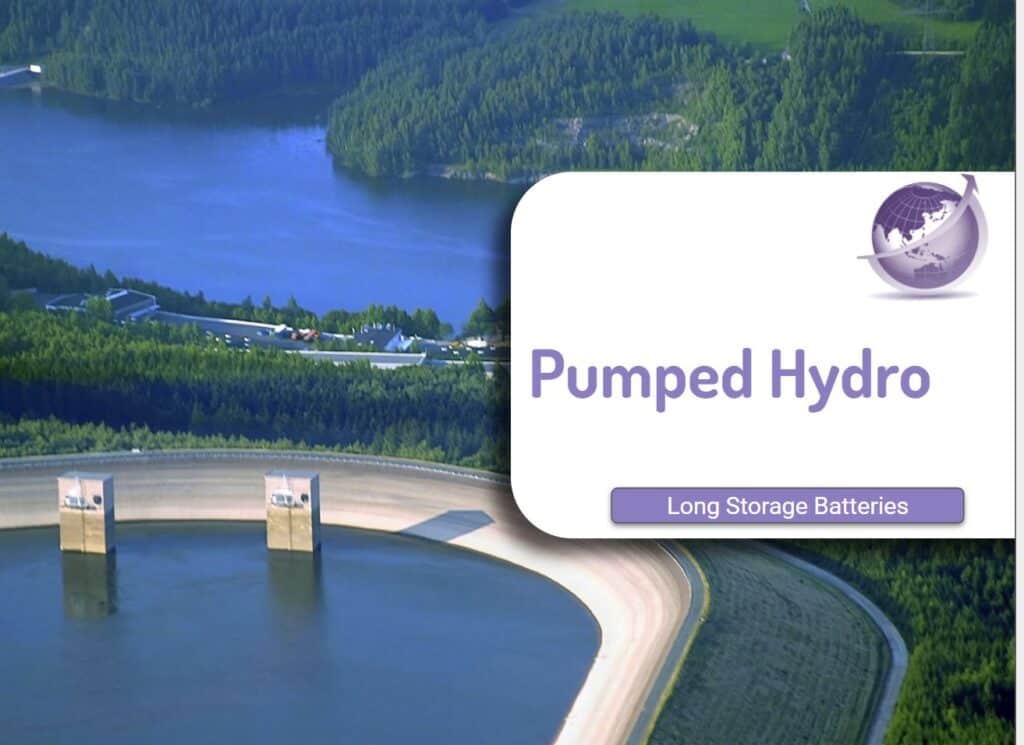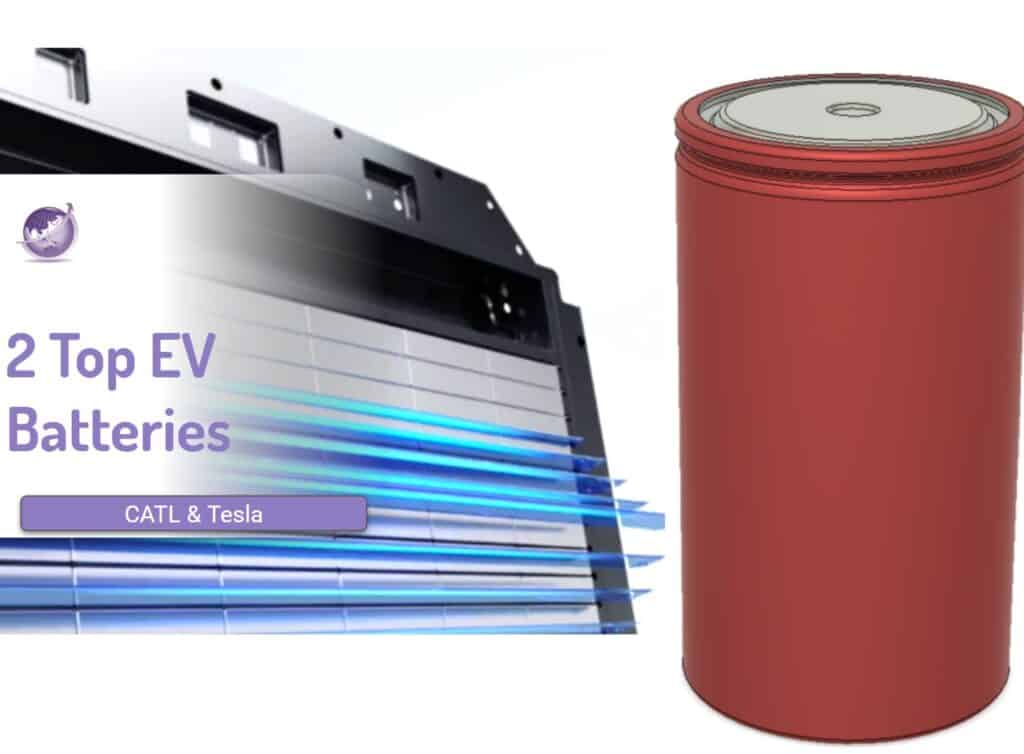Redox flow batteries using Vanadium iron or zinc are a good alternative for stationary battery storage but are not suited to EVs. Redox – (reduction and oxidation) can use vanadium, iron or zinc. They have similar similar battery properties and uses. The engineering is similar with 2 tanks, 2 pumps and the central unit with an ion exchange membrane.
- Specific energy 10–20 Wh/kg (36–72 J/g)
- Energy density 15–25 Wh/L (54–65 kJ/L)
- RFBs have a lifespan of 20+ years
- RFBs can discharge 100%, without any damage to the battery
- RFBs are non-flammable
- Vanadium, iron or zinc electrolyte can be re-used and does not need to be disposed of
- The batteries can be cycled more than once per day
- They use only one element in electrolyte. For vanadium it is V2O5, and with iron iron salts and for
92% of the global demand for Vanadium is to strengthen steel such as making rebar stronger. Vanadium is most often co-produced out of the slag in steel refining, and 72% of 2020 global supply comes as coproduced by steel mills. 18% comes from direct extraction, and 10% recycled out of oil refineries. China is the world’s top vanadium producer, accounting for 60% of global vanadium supply in 2020. Most of its vanadium was derived from co-production. Russia is the second-largest producer and South Africa the third-largest, accounting for 17% and 7% of 2021 supply, respectively. (BushVeld Minerals)
Vanadium Flow Battery Technology
For detailed review check out Wikipedia or Science Direct. The system is 2 tanks, 2 pumps and an exchanger with an ion-selective membrane.

Often high purity alumina 4N HPA used in clean energy and high technology applications are associated with V resources.
There is no existing vanadium mined in Australia, but Australia’s Queensland Government has approved the development of Multicom Resources (‘ $183.23m (A$250m) Saint Elmo project, the state’s first vanadium mine, at Julia Creek.
If Redox flow batteries get traction in grid storage, Vanadium Redox Flow Battery (VRFB) demand is projected to be 36ktpa in 2030, equating to ~23% of the vanadium market.
Vanadium Battery Development
A report in Jan 2024 in Interesting Engineering reported researchers from the Dalian Institute of Chemical Physics (DICP) of the Chinese Academy of Sciences (CAS) designed a 70 kW-level stack, which is more than twice as powerful as the current 30 kW-level stack. They used self-developed materials, such as weldable porous composite membranes and weldable highly conductive bipolar plates, to create a stack with a short flow path, an ultra-thin battery structure, low flow resistance, and high distribution uniformity flow channels.
The result is a stack with a volume power density of 130 kW/m3, and a cost reduction of 40%. The stack also has a high energy efficiency of over 80% under different power conditions, and a stable performance after more than 1,200 cycles, with only 1.7% energy efficiency decay.

Researchers claim that their stack can enable a 20-foot container energy storage unit module to double its power from 250 kW to 500 kWh
Vanadium Battery Miners
Australian ASX junior minor stocks have pivoted from copper to vanadium and changed their names. There are 7 vanadium mines in Australia in the development phases. (Stockhead Report)
- Multicom Resources (private) Saint Elmo at Julia Creek.
- King River Resources (ASX:KRR), previously King River Copper in the Tenant Creek area
- Australian Vanadium (ASX:AVL) which has flatlined for 5 years – at Ganintha in WA
- Vanadium Resources (ASX:VR8), previously Tando Resources, a junior vanadium developer who owns 74% of the world class, tier 1, Steelpoortdrift Vanadium licensed mining project in Limpopo Province, South Africa. The Steelpoortdrift titaniferous magnetite deposit is located in the prolific Bushveld Geological Complex within a known mineral and vanadium producing area within reach of proven processing plants, railway and road options and ports. The Steelpoortdrift mining project is the world’s largest vanadium deposit with an indicated and inferred JORC resource of 612 Mt @ 0.78% V2O5 in situ, incl. 167 Mt @ 1.07% V2O5 with an in-magnetite grade of c. 2.2% V2O50
- Golden Deeps (ASX:GED) from Namibia, Abenab project
- Liontown (ASX:LTR) has some vanadiun in its lithium areas
- Neometals (ASX.NMT) turns slag to recover V in Finland / Scandanavia
- Technology Metals (ASX:TMT) Ganaintha vanadium, right next doore to AVL
- TNG (ASX:TNG) Mount Peak is titanium / vanadium and has partnered with V-Flow from Singapore.
- QEM (ASX:QEM from Julia Creek vanadium and oil shale in Qld is low grade but big.
Battery suppliers
For a more detailed check out Blackridge
| Vanadium | Iron | Zinc |
|---|---|---|
| Invinity | ESS | Reflow |
| Cellcube | Primus Power Solutions | |
| Largo | ||
| Lockheed Martin | ||
| Schmide Group | ||
| Sumitomo Electric Solutions | ||
| UniEnergy Technologies | ||
| VRB Energies | ||
Iron Flow Batteries
The iron electrolyte flow battery is IP held by US manufacturer ESS Inc. Unlike vanadium redox flow batteries for which many patents expired several years ago, Oregon-headquartered ESS Inc remains the only company able to manufacture and license the technology. A recent announcement has the construction of a factory to build 400MW annually (See Energy Storage News) ESS uses food-grade, earth-abundant iron, salt, and water for the electrolyte. Their USA capacity is about 2GW
Zinc Bromine
Another electrolyte is Zn-Br
Hydrogen bromine (HBr) flow batteries
- HBr serves as electrolyte.
- During the charging phase,
- HBr splits into hydrogen ions and bromide ions.
- The resultant hydrogen ions cross the the membrane. They absorb an electron, and stored as hydrogen gas in a separate tank.
- The resulting bromine (Br2) dissolve in the same tank as the HBr.
- During the discharging phase
- Hydrogen and bromine recombine to form HBr again
- Release of stored energy.
- Low-cost advantage
- Dutch startup Elestor has secured funds to bring its hydrogen bromide (HBr) flow battery technology closer to commercial production. It said the system could achieve a levelized cost of storage below $0.05/kW (PV Magazine)
Saltwater Redox Batteries
There have been announcements but unclear if they have progressed. Ewe Gasspeicher’s GMBh battery, called brine4power, is based on a system developed by the Friedrich Schiller University in Jena, which uses saltwater electrolytes with recyclable polymers as the active molecules. The team states the materials are far more environmentally friendly. Redox flow electrolytes may be a heavy metal/sulfuric acid mix.
The intention was to set up the Brine4power system in the Jemgum gas storage facility. The two huge underground salt caverns, currently used to store natural gas, could store electrolyte. Each of these cavities has a volume of 100,000 m3 (3.5 million cu ft), giving the battery a capacity of up to 700 MWh and output of up to 120 MW.
More Reading
- Chinese scientists develop a breakthrough Vanadium flow battery stack Jan 20, 2024 https://interestingengineering.com/energy/chinese-scientists-develop-a-breakthrough-vanadium-flow-battery-stack

